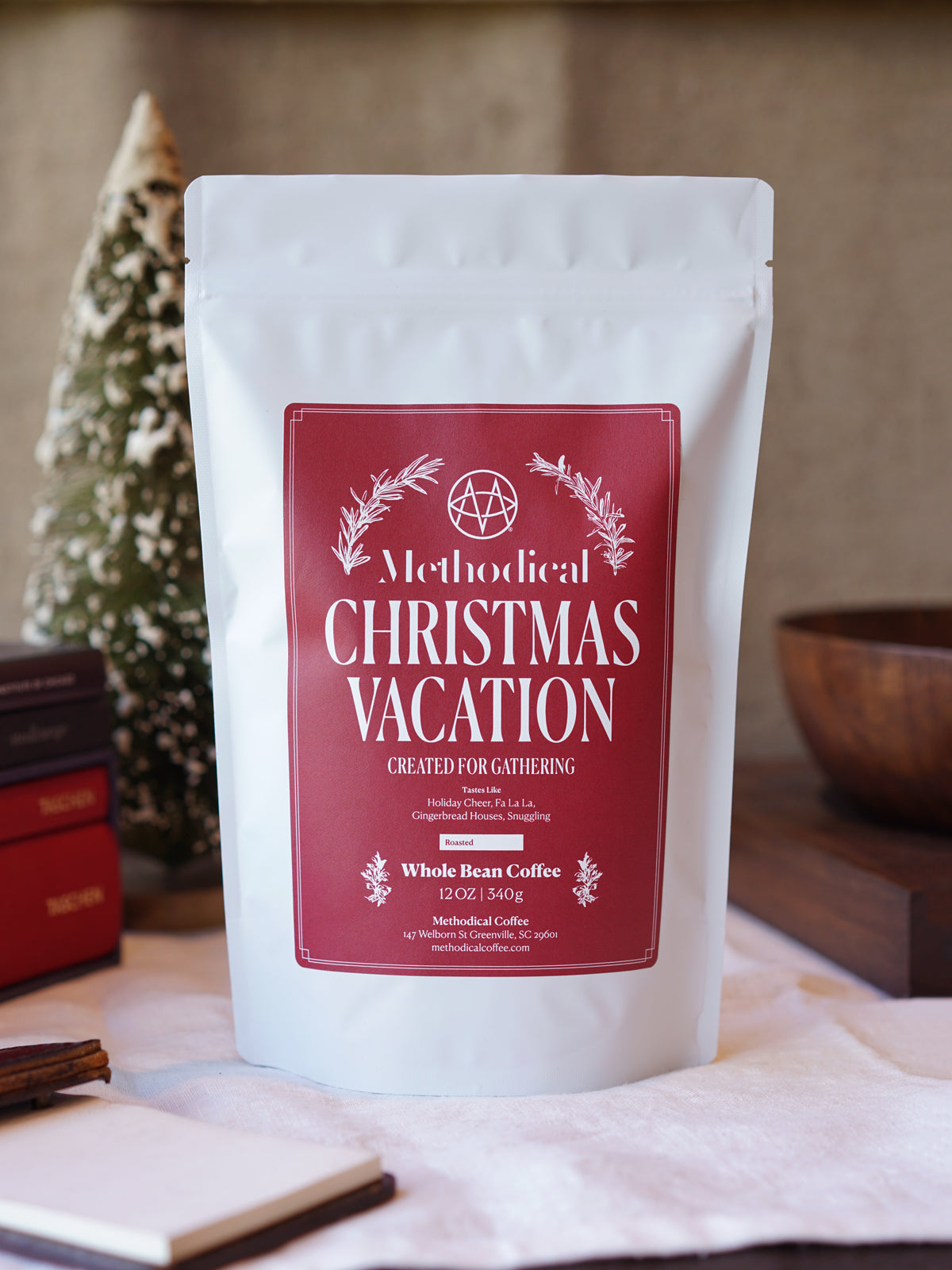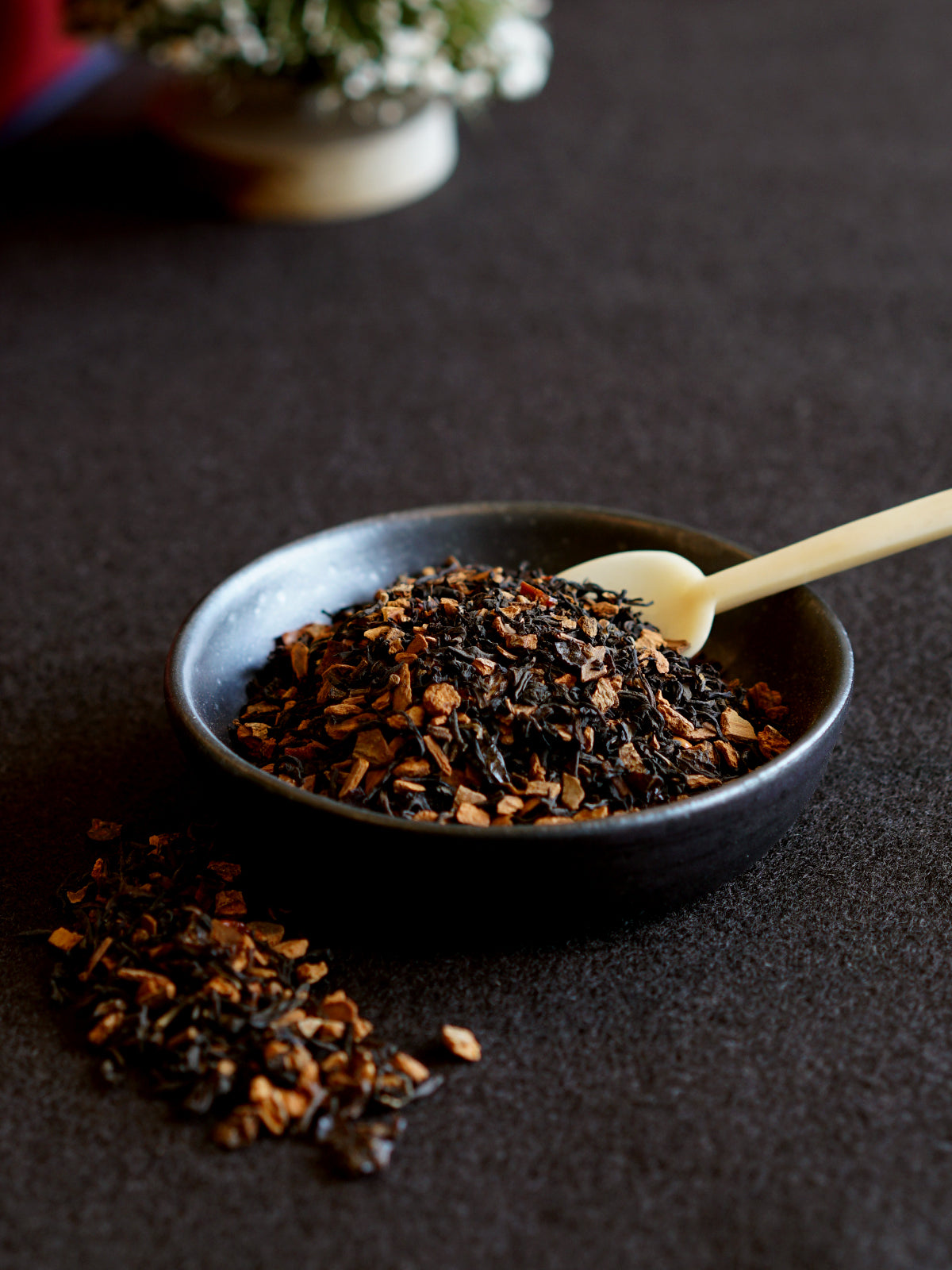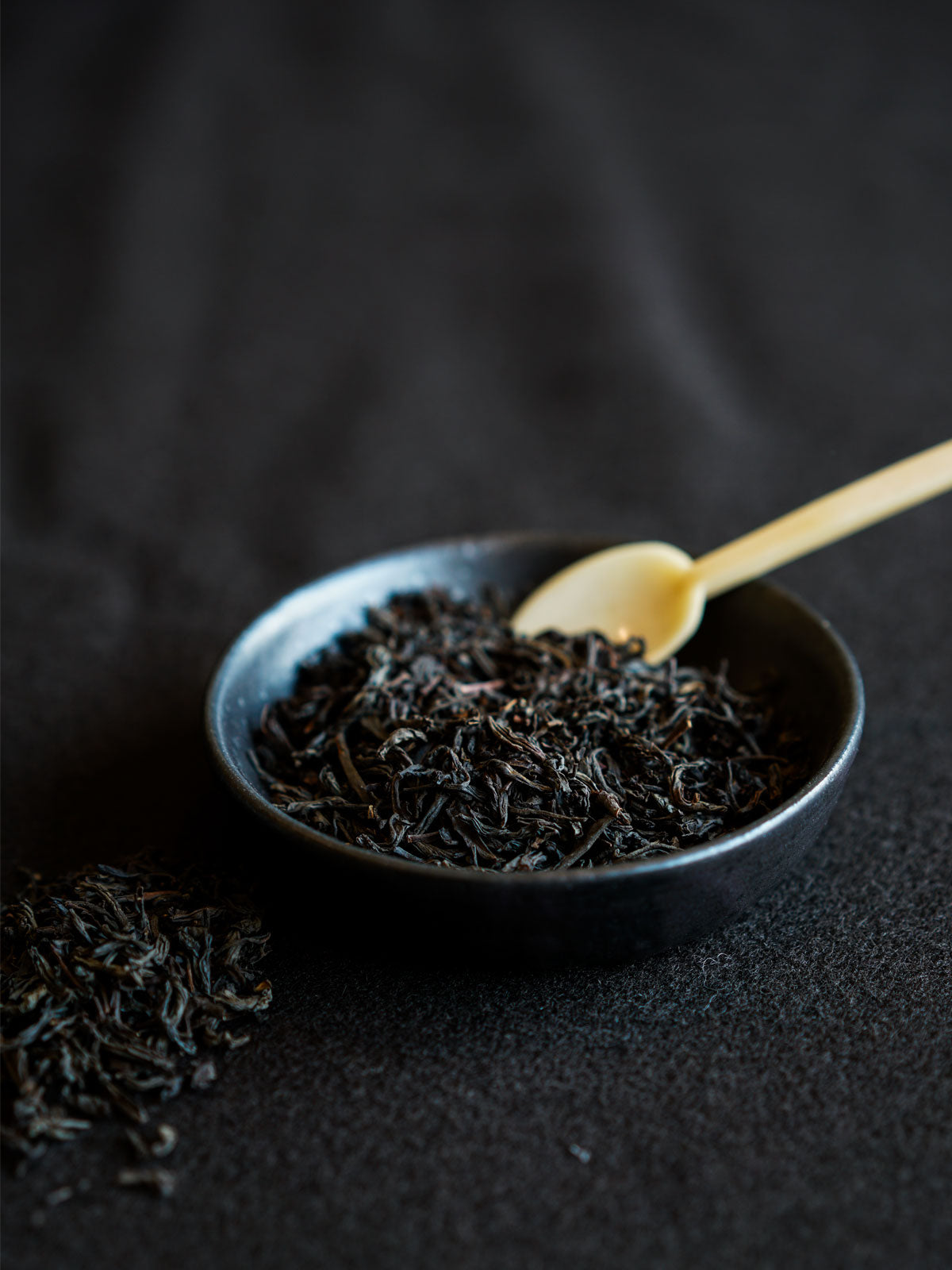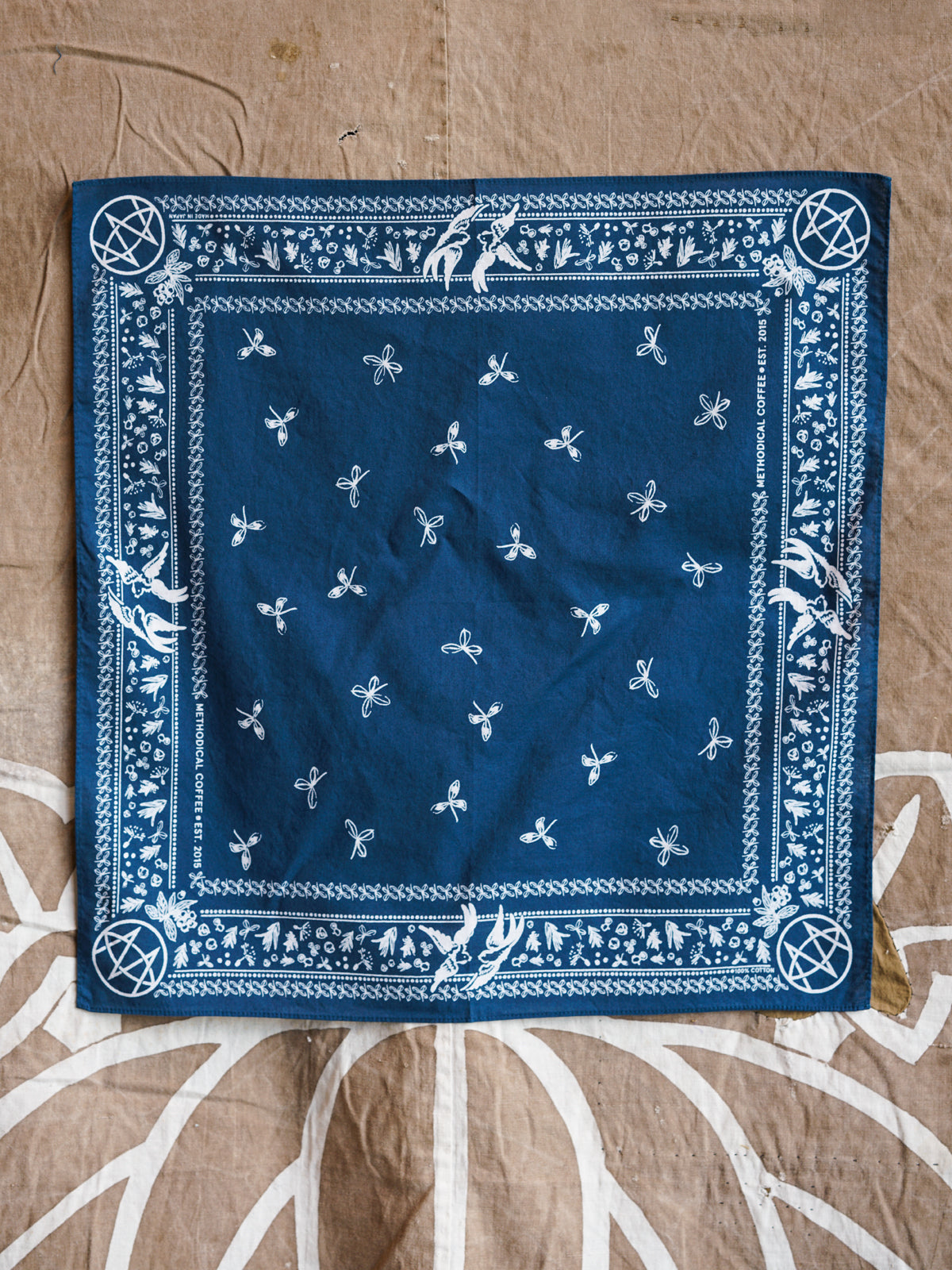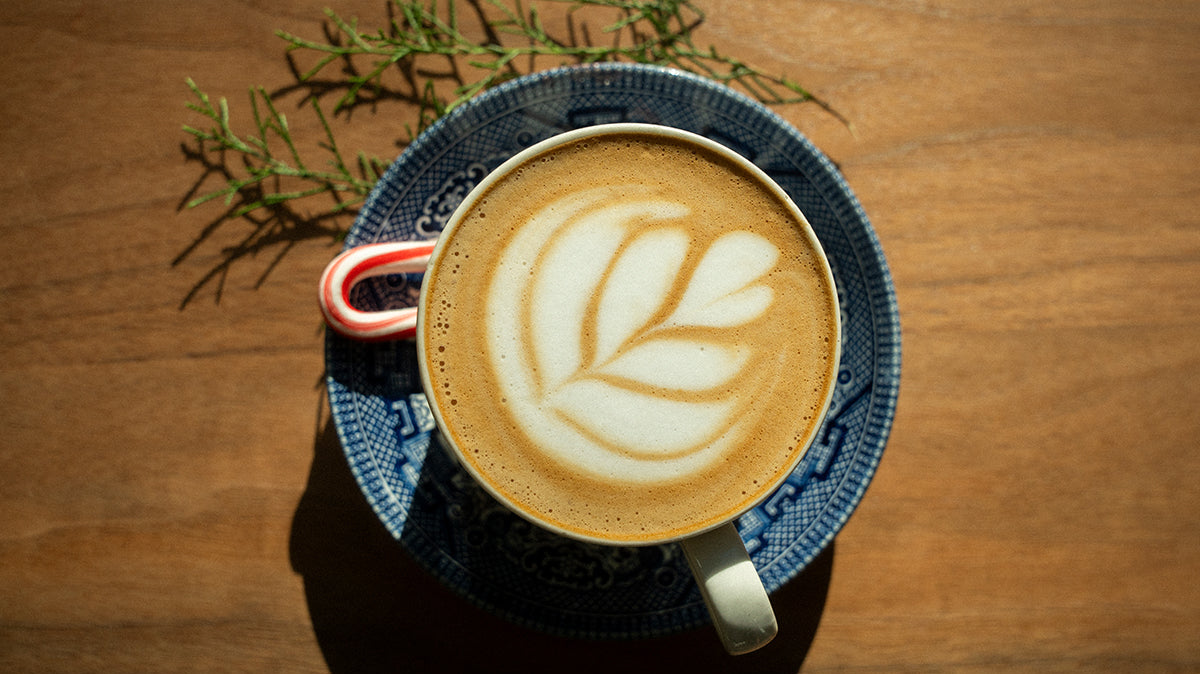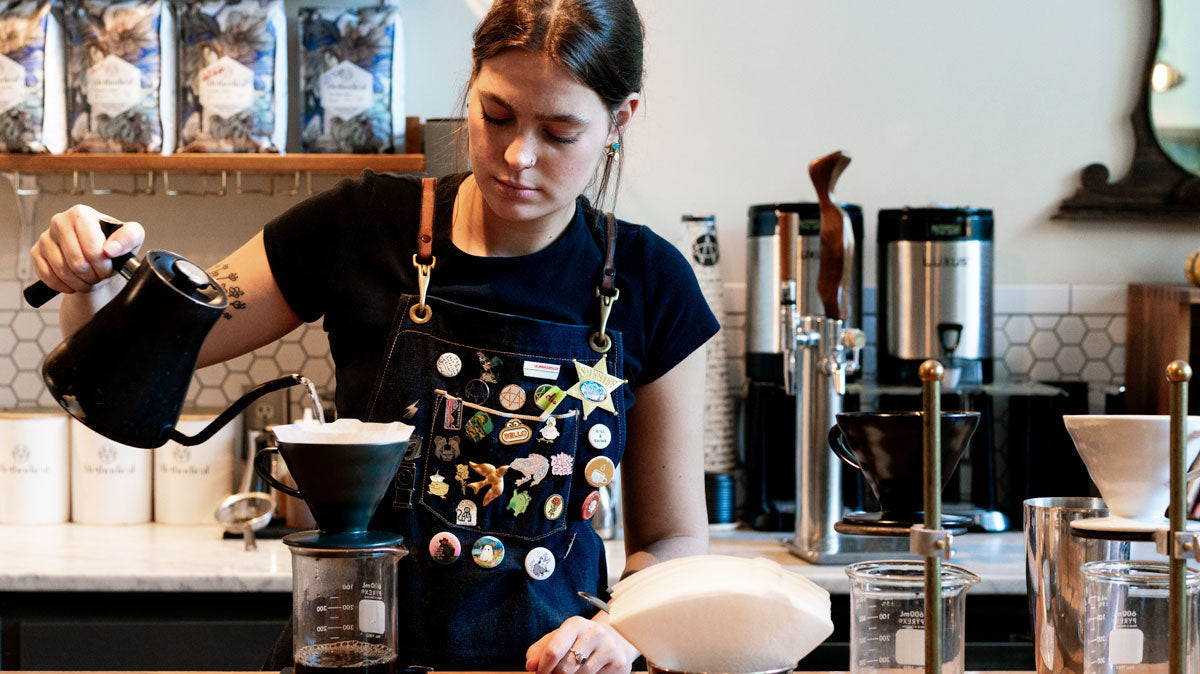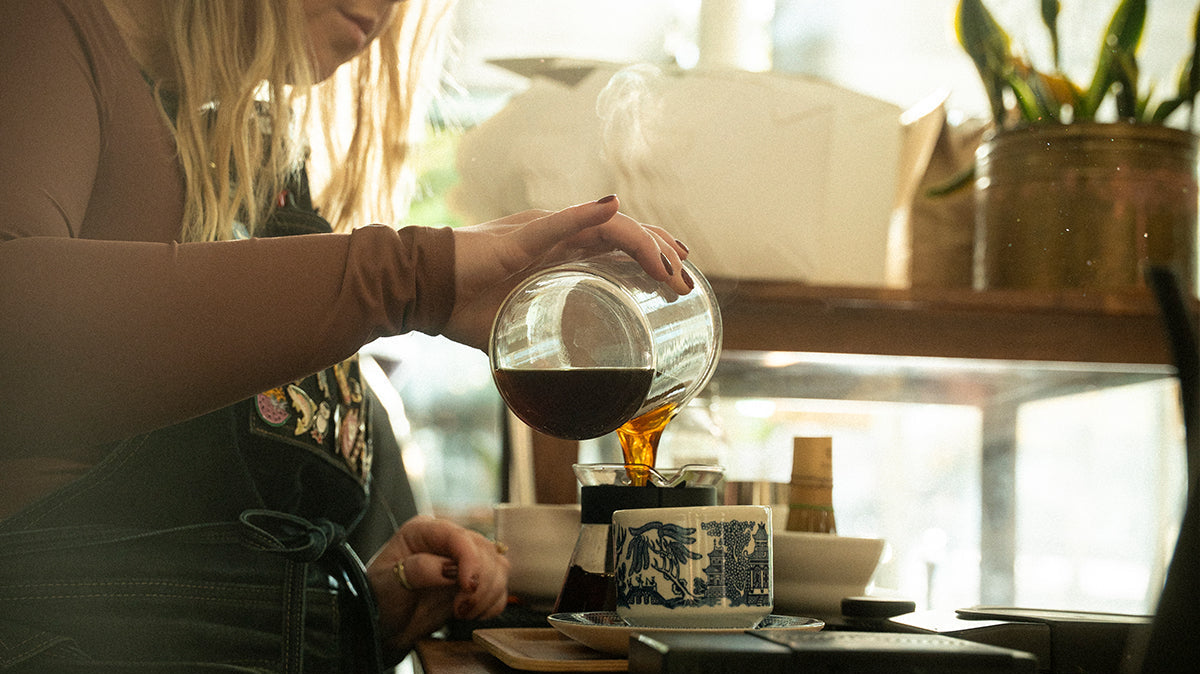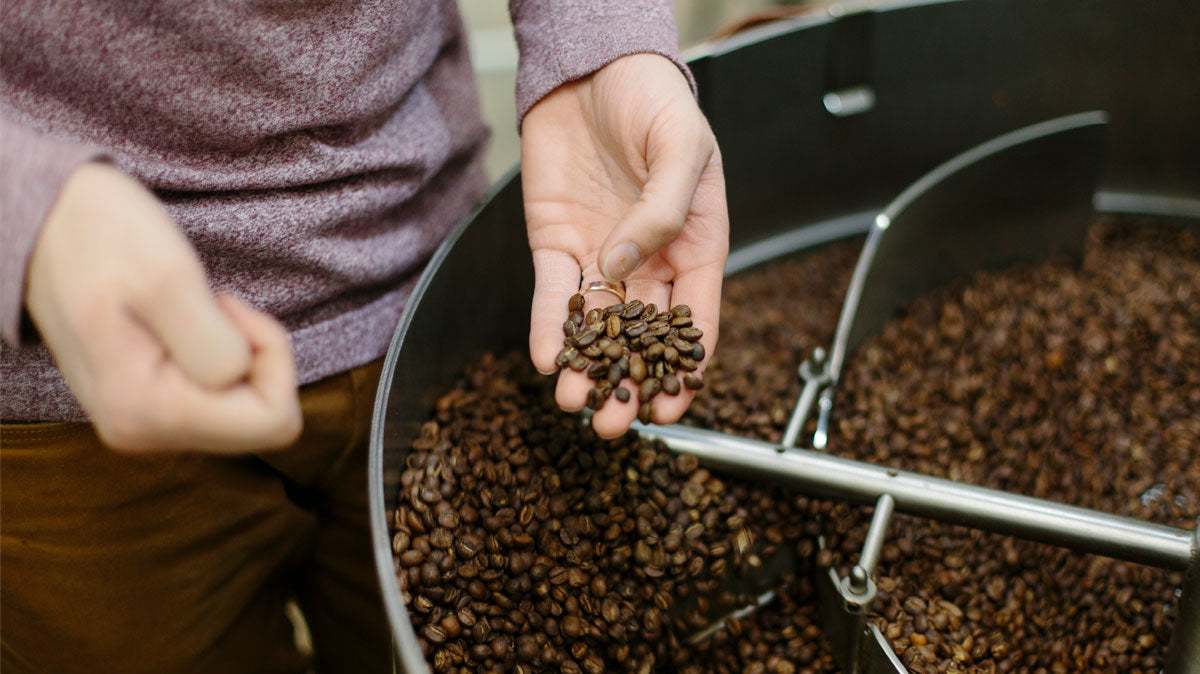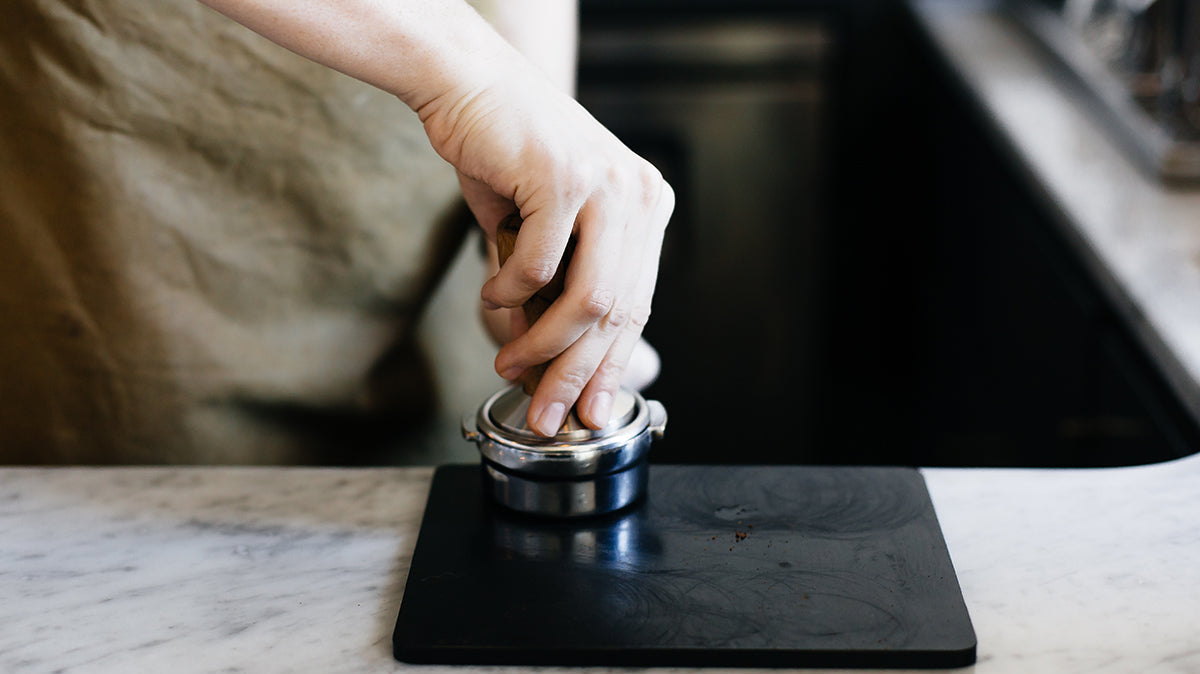You’ve probably noticed it on a coffee bag—Ethiopia, Sidama; Colombia, Huila; Kenya, Nyeri. Maybe you’ve even picked up on patterns: fruit-forward coffees from Africa, rich chocolatey cups from Latin America. But what exactly makes these coffees taste so different from one another?
As you explore single-origin offerings, you begin to realize that coffee is as much a product of place as it is of process. The elevation, the soil, the rainfall, even the way sunlight hits the plants, all of it contributes to what ends up in your cup. This isn’t just marketing language or romantic storytelling. It’s real, and it’s called terroir.
In this guide, we’ll take a closer look at how the land itself influences flavor, how those differences show up in the cup, and why paying attention to origin can transform the way you experience coffee.
What is terroir?
In the world of specialty coffee, few concepts are as essential, or as misunderstood, as terroir. Borrowed from viticulture, terroir describes the environmental conditions that influence how a crop grows and, ultimately, how it tastes.
When it comes to coffee, terroir encompasses a range of factors: soil composition, altitude, climate, rainfall, and even the surrounding vegetation. These variables interact in complex ways, shaping the bean’s development and its final flavor profile in the cup.
Understanding terroir isn’t just for coffee farmers or roasters—it’s for anyone who values nuance in their brew. If you’ve ever noticed distinct tasting notes in coffees from different regions, terroir is a big part of the reason why.
The elements of terroir
As mentioned, terroir is a combination of several environmental elements that work together to shape a coffee’s character. Here’s how each element influences terroir.
Soil composition
The nutrients, minerals, and structure of the soil where coffee is grown have a direct impact on plant health and flavor development. Volcanic soils, for example, are rich in potassium and phosphorus, often contributing to vibrant acidity and complexity in the cup. Well-draining soils also help prevent overwatering, which can inhibit proper nutrient absorption and ultimately dilute flavor.
Climate and weather
Temperature, rainfall, and seasonal changes influence how coffee cherries develop. Consistent rainfall supports healthy flowering and fruiting, while temperature fluctuations can affect ripening speed. Too much heat may lead to premature ripening and flat flavor; too little, and the cherries may not mature properly.
Altitude
Altitude is one of the most influential aspects of terroir. Higher elevations typically produce denser beans with more nuanced acidity and flavor complexity. This is because cooler temperatures at high altitude slow the maturation process, allowing sugars and acids to develop more fully.
Sunlight and shade
Exposure to sunlight impacts the rate of photosynthesis, which in turn affects cherry development. While some sun is necessary, too much can stress the plant. Coffee plants are native to tropical climates, so they thrive in bright but indirect light. Shade-grown coffee often matures more slowly and evenly, contributing to a more balanced flavor profile.
Microclimates
Even within a single farm or region, small variations in slope, wind patterns, and nearby vegetation can create distinct microclimates. Nearby lakes, rivers, canyons, and other landforms can also affect the micro-climate. These subtle differences can lead to unique flavor expressions in beans grown just meters apart.
How terroir shows up in the cup
The influence of terroir becomes most apparent when coffee is roasted and brewed. The regional characteristics described below are a direct reflection of terroir. When coffees are sourced as single-origin lots (especially from a single farm or co-op), these distinctions become even more vivid, offering a sensory map of the land where the coffee was grown.
Learn how to conduct your own coffee cupping with our step-by-step guide →
Ethiopia
High elevations, cool temperatures, and diverse heirloom varieties result in bright, complex coffees with floral aromas, tea-like bodies, and notes of stone fruit, jasmine, and citrus. The country's varied microclimates create an exceptional range of flavor expression.
Try it: Our Ethiopia, Bombe Abore coffee is a standout example of the Ethiopian terroir. Grown at high elevation and dried slowly on raised beds, the cherries impart deep, fruit-forward flavors into the beans as they dry. The result is a vibrant, jammy cup with standout notes of raspberry and citrus.
Colombia
With its nutrient-rich volcanic soil and ideal growing conditions, Colombia produces well-balanced coffees known for medium acidity, a smooth mouthfeel, and flavor notes ranging from red berries to chocolate and caramel. Altitude and careful post-harvest practices enhance consistency.
Try it: Our Colombia, Catw coffee is the result of both exceptional terroir and an innovative double anaerobic fermentation process. Grown in the nutrient-rich soils of Colombia and carefully fermented in oxygen-free tanks, this method amplifies the coffee’s natural sweetness and complexity. The result is a vibrant, floral-forward cup with elegant notes of rose, apricot, and passionfruit.
Kenya
Kenyan coffees are prized for their vivid acidity, juicy body, and bold flavor clarity. Grown at high elevations with excellent drainage and rich volcanic soils, these coffees often showcase notes of blackcurrant, grapefruit, and tomato-like umami.
Sumatra (Indonesia)
In contrast, coffees from Sumatra tend to be full-bodied, earthy, and lower in acidity. Grown at lower elevations and often processed using the wet-hulling method, they exhibit notes of spice, forest floor, tobacco, and dark chocolate—flavors deeply tied to the island’s humid climate and traditional practices.
Guatemala
Diverse microclimates, from the volcanic highlands of Antigua to the cloud forests of Huehuetenango, contribute to a wide range of flavor profiles. Common notes include cocoa, orange zest, and toffee, often with a medium body and balanced acidity.
Try it: Grown in the highlands of Huehuetenango, our Guatemala, Ixlama coffee exemplifies the approachable elegance of Guatemalan terroir. With a round body, clean sweetness, and familiar notes of apple, chocolate, and caramel, Ixlama is a versatile, crowd-pleasing cup.
Costa Rica
This region’s rich volcanic soil, moderate temperatures, and elevation create clean, sweet coffees. Washed process coffees often exhibit bright acidity, stone fruit, and honey, while honey-processed lots can bring in richer textures and fruit tones.
Try it: Our Costa Rica, La Pastora is a great example of the Costa Rican terroir. This washed coffee from the Tarrazú region captures the clarity and balance Costa Rica is known for. La Pastora offers a clean, approachable profile with layers of almond and gingersnap anchored by a juicy, plum-like sweetness. Whether you’re dialing in a pour-over or pulling shots, its versatility and poise make it a standout across brew methods.
Brazil
As the world’s largest coffee producer, Brazil is known for lower-elevation coffees with chocolate, nut, and dried fruit profiles. The country’s warm climate and large-scale natural processing lead to coffees with lower acidity and a heavy body, ideal for espresso and blends.
Try it: Crafted from a selection of small-lot coffees across Brazil, our Brazil, Signature Series blend is a tribute to the country’s signature flavor profile. This blend delivers a rich, grounded cup with deep notes of roasted nuts, dark chocolate, and a toasty finish. Smooth and full-bodied, it’s a comforting, familiar brew that excels as both a daily drinker and a foundation for espresso.
Bean type vs. terroir
While terroir shapes how a coffee tastes, it does so in tandem with the genetic makeup of the coffee plant. Just as a Chardonnay grape and a Pinot Noir grape will respond differently to the same vineyard, different coffee species and varieties express terroir in distinct ways.
Terroir sets the stage, but the bean type determines how that stage is used. A quality-focused grower will select varieties that not only suit their land but also express its character in the most flavorful, balanced way. For drinkers, knowing the bean type gives even more context to a coffee’s origin and flavor.
Arabica vs. Robusta
Arabica is the primary species used in specialty coffee. It thrives at higher altitudes and in cooler climates—conditions where terroir plays a major role in shaping complexity. Arabica beans are generally smoother, more aromatic, and capable of carrying nuanced flavors like florals, fruits, and sugar browning notes (think chocolate or caramel).
Robusta is more resilient and grown at lower elevations, often in hotter, more humid environments. It’s less sensitive to terroir, with a flavor profile that leans bitter, earthy, and woody (traits less sought after in high-end specialty coffee).
Learn more: Arabica Coffee vs. Robusta Coffee: What's the Difference?
Varieties within Arabica
Within the Arabica species, there are numerous varieties (like Bourbon, Typica, Gesha, SL28) that respond differently to terroir.
For example:
-
Gesha, grown in the right conditions (high elevation, well-drained soil, ample shade), can produce floral, tea-like, almost perfumed coffees, especially when paired with natural or anaerobic processing.
-
SL28, developed in Kenya for drought resistance, thrives in that country's highlands, producing juicy, complex cups with high acidity and clarity.
Learn more about the different types of coffee beans →
Is terroir or processing more important?
While terroir lays the foundation for a coffee’s potential, processing determines how that potential is expressed in the cup. From washed to natural to experimental anaerobic methods, processing is the post-harvest treatment that transforms a raw coffee cherry into a green coffee bean ready for roasting.
What processing adds to the equation
Processing influences sweetness, clarity, body, and acidity.
-
Washed (wet) process coffees tend to be cleaner, brighter, and more transparent, allowing terroir to take center stage.
-
Natural (dry) process coffees, like our Ethiopia, Bombe Abore, develop fruit-forward, jammy profiles as the coffee cherry dries intact. Keeping the cherry intact while drying prevents the seed from germinating, preserving its inherent sugars.
-
Experimental processes, like the double anaerobic fermentation used in our Colombia, Catw, can intensify aromatics and complexity, often pushing flavor boundaries beyond what terroir alone might offer.
Teammates, not competitors
Rather than being in competition, terroir and processing work in tandem. Terroir determines a coffee’s baseline (its structure, potential acidity, and underlying flavor notes) while processing acts as an amplifier or a filter, enhancing certain elements or softening others.
For example, a high-grown Ethiopian heirloom variety might naturally exhibit floral and citrus notes. Processing that coffee naturally (as opposed to washed) can layer in berry sweetness and a fuller body, without erasing its origin. Similarly, an experimental process can bring out tropical fruit or florals in a Colombian coffee, but the regional characteristics (like balance and acidity) are still present.
Why terroir matters for coffee lovers
At first glance, terroir might seem like a concept reserved for growers, importers, and roasters, but it’s just as important for anyone who enjoys a thoughtfully brewed cup. Understanding terroir deepens your appreciation of what’s in your mug and the journey it took to get there.
For the curious drinker
Exploring different terroirs gives context to the tasting notes on a bag of beans. When you know that a coffee comes from the highlands of Huehuetenango or the slopes of Tarrazú, you're better equipped to understand and anticipate the flavors, whether it's apple-like acidity, honeyed sweetness, or earthy complexity.
For the quality-seeker
Single-origin coffees are a direct line to the land. Terroir isn’t just about flavor; it’s about traceability, transparency, and authenticity. Supporting coffees with clear provenance often means supporting small farms, sustainable practices, and regional identity.
For the experimenter
If you love trying new origins, varieties, or processes, terroir offers a framework for exploration. Think of it as the starting point for your palate’s map. Taste coffees side by side from Ethiopia, Guatemala, and Brazil, and you’ll begin to notice how altitude, soil, and climate shape each cup differently, even before processing or roasting come into play.
Taste the land in every cup
Terroir is the essence of what makes coffee diverse, distinctive, and worth exploring. From the volcanic soils of Guatemala to the highlands of Ethiopia, the land shapes every nuance in the cup. And when paired with thoughtful processing and intentional roasting, those differences become something you can truly taste.
If you’re ready to experience the depth and variety terroir has to offer, explore Methodical’s single-origin coffees—each one a reflection of place, process, and craft.
Want fresh, curated coffees delivered to your door? Check out our coffee subscription box, where you can explore all our offerings, including new and limited-time blends!
Browse all Methodical Coffee now →
You might also like:
